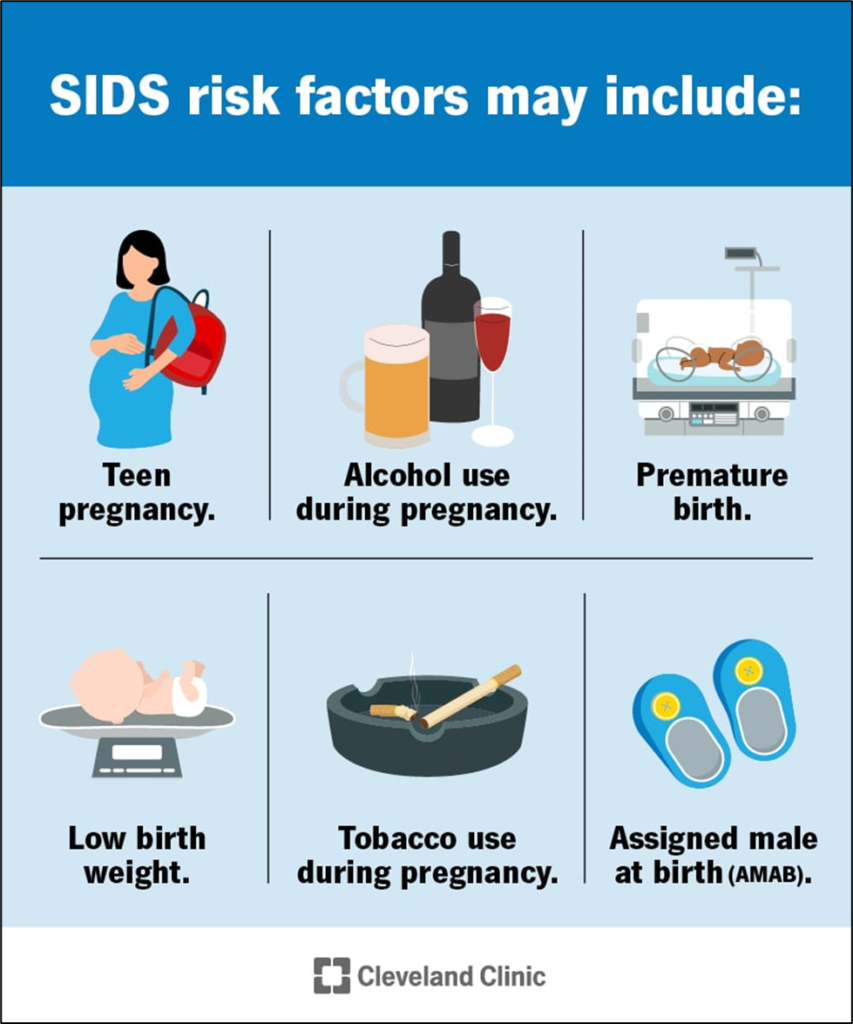By Samuel Pimping
Ever heard of National Safe Kids Week? If not, then you should know that it is happening right now! The nation has been technically commemorating it ever since the third week of June was declared as National Safe Kids Week by the Philippine President in 2007.
For most of us, this is the first time we have heard of such an event. There are plenty of days, weeks, and months devoted to reminding us of significant issues such as smoking, drug abuse, and cancer. However, how far do we even really commemorate the less sensational matters that have little appeal to mass media? Should we not pay heed to the less striking but equally relevant health and risk-related problems that pervade not only the country—but also every other nation?
Easier said than done
First of all, for those without kids, keeping children out of harm’s way is one of the most deceptively trivial problems that any parent could face. This is a common notion.
Accidents happen all the time, and they can happen to anyone. Parental know-how in making sure your little ones are free from danger is not an inherent trait. Yes, most of it is common sense, but like any other endeavor, learning from a thousand different actual scenarios as you waltz through parenthood has long proven that it is also an acquired skill. Giving guidance is not perfectly innate within the realm of human nature.
Still skeptical? If so, imagine this: a mother finds her three-year-old boy on the floor going into shock. His pulse is faint, and he is showing symptoms of a heart attack. She immediately calls for help and rushes him to the emergency room. She does not know the cause.
A few moments later, the doctors discover that he had apparently ingested a large dose of heart medication. They ask his parents whether they had held prescription medicine for such within the household, to which they reply yes.
However, the mother still has her doubts that this was the main cause of the situation. Why? Because she has always stashed it in the kitchen cabinet out of her child’s reach. She makes sure to never leave it lying around. She also asserts that the container was labelled “child-resistant,” meaning that it could not have been easily opened by children. In other words, she took significant measures that any reasonable parent would do for the safety of their loved ones.
People generally underestimate two things about a child: curiosity and mobility. In the short span of time when the young explorer was left unsupervised, he managed to get a stool, climb onto the countertop, rummage the cabinets, discover a cute little bottle full of “suspicious sweets,” and fiddle with it until he managed to get it open.
After having his snack, he closed it, put it back in the cabinet, and climbed down to innocently frolic as usual. It is a good thing that the mother never leaves the medicine anywhere easily reachable, but it would have been best if she kept it somewhere absolutely out of kids’ reach such as a locked shelf or cabinet.
It is also worth noting that child-resistant is not equivalent to impenetrability against children. The most curious ones can easily figure out how to unlock an interesting container with enough time.

The former scenario is not specific, but it is a prime example of the many child-related incidents that have already taken place in the real world. All of them resulting in minor injuries, exorbitant hospitalization costs, or in the worst cases, even death.
Actual cases of misfortune
While my mother was taking care of my grandfather at the hospital in the early morning, an entire family came rushing to the emergency area. The father was carrying a baby. It was limp like a ragdoll, and it did not move at all. The doctors tried to resuscitate it, but to no avail. The mother wailed uncontrollably while her relatives attempted to console her.
Apparently, the baby had no crib. The family slept in one bed together with their baby because of the cramp space. When they woke up, to their horror, the child was lifeless and no longer breathing. The father had accidentally suffocated it with the weight of his entire body while tossing and turning in their bed during the night.
Accidents happen. Sometimes, they are more likely to happen when the conditions are unfavorable. Yes, the family was impoverished, and they must never be blamed for their loss, especially during a time of mourning. However, this reminds us of the fact that safety is indispensable. You never know the misfortune you may prevent, yet you will always face the consequences due to a lack of even the most fundamental precautions.
The case cited is an example of Sudden Unexpected Infant Death (SUID), which refer to fatalities that have a known cause such as suffocation. On the other hand, the exact causes of Sudden Infant Death Syndrome (SIDS) remain a mystery to this day. Some risk factors are known, however.

It should be noted that having babies lie down on their back when sleeping reduces the risk of fatality. Infants should not be left to sleep on their belly, and other family members should never share a bed with them. It is also recommended to put them in other positions while they are awake to help avoid a misshaped head.
When they grow up, new threats and hazards become apparent. National Safe Kids Week was originally drafted to raise awareness mainly about the dangers of traumatic injury as the leading causes of mortality and morbidity in Filipino children.
However, with the way technology and society is rapidly evolving to the point that we cannot keep up, it may be time that a more comprehensive, proactive plan should undertaken to accommodate dangers such as cyberbullying, predation, and exploitation. The mental aspect of child safety should also be considered, and this can hopefully be either an improvement to the scope of National Safe Kids Week or an entirely different addition to the Health Calendar of the Department of Health.
Proven practices for child safety
The best way to tackle a risk is to prevent it from happening in the first place. For traumatic injuries, Safe Kids Worldwide has devised practical tips for five common safety areas: home, sleep, water, cars, and bikes.

Fire alarms, window guards, and safety gates for stairs are the most important considerations at home. Electronic outlets should also be made childproof by keeping them out of reach or teaching kids not to play with them. As for sleep, place babies on their backs, use a firm mattress, and do not put any pillows or other objects in their crib as this may pose the risk of suffocation.
Next, when in water, always keep them within arm’s reach and make sure to help them learn how to swim. If you have a car, use a car seat appropriate for your tot’s size and age. Finally, if your kid has a bike, make sure to always keep them within sight and have them wear a helmet.
With all the precautions against physical dangers, every parent should also consider mental hazards that include bullying and exploitation by other adults. At the very heart of this problem lies the value of properly communicating with one’s child.
Teach your kids about body parts early on. In many cases of molestation, victims have been tricked into thinking that showing their private parts and allowing others to touch them is normal. By letting them know the proper name for sensitive body parts such as the penis, vagina, and butt, they will have less problem communicating and explaining suspicious behavior from strangers or even close family friends and relatives.
The concept of privacy, sexuality, and secrecy are not obvious to children. Help them understand that some body parts are private and must not be touched or seen by anyone else other than parents or doctors. Because predators commonly tell victims to keep a secret either in a friendly or threatening manner, constantly remind your precious ones that “letting you in” on secrets will never get them in trouble.
Even the simple act of consistently reminding kids “not to talk to strangers” or “call mommy or daddy whenever you feel uncomfortable” is extremely important. Children can be very trusting and can mistake hidden malice for friendliness. Letting kids feel that they can talk to you about anything is crucial for their safety. This also applies to bullying. Keeping kids safe and sound is no simple task. National Safe Kids Week may be but a brief reminder—but protecting our little ones, even when they get big and strong, is a responsibility for a lifetime.
Sources:
Daniels, N. (February 04, 2023). 10 ways to teach children to speak up about sexual abuse. https://childmind.org/article/10-ways-to-teach-your-child-the-skills-to-prevent-sexual-abuse/
How to keep medicine out of kids’ reach. (July 19, 2018). MU health care. https://www.muhealth.org/our-stories/how-keep-medicine-out-kids-reach
Proclamation No. 1307, President of the Philippines. (June 21, 2007). https://www.officialgazette.gov.ph/downloads/2007/06jun/20070621-PROC-1307-GMA.pdf
Safe kids week. (n.d.). Safe kids worldwide. https://www.safekids.org/safe-kids-week
SIDS (Sudden Infant Death Syndrome). (May 22, 2023). Cleveland Clinic. https://my.clevelandclinic.org/health/articles/13646-sudden-infant-death-syndrome-sids
Sudden Infant Death Syndrome (SIDS). (n.d.). Stanford medicine: Children’s health. https://www.stanfordchildrens.org/en/topic/default?id=sudden-infant-death-syndrome-sids-90-P02412








